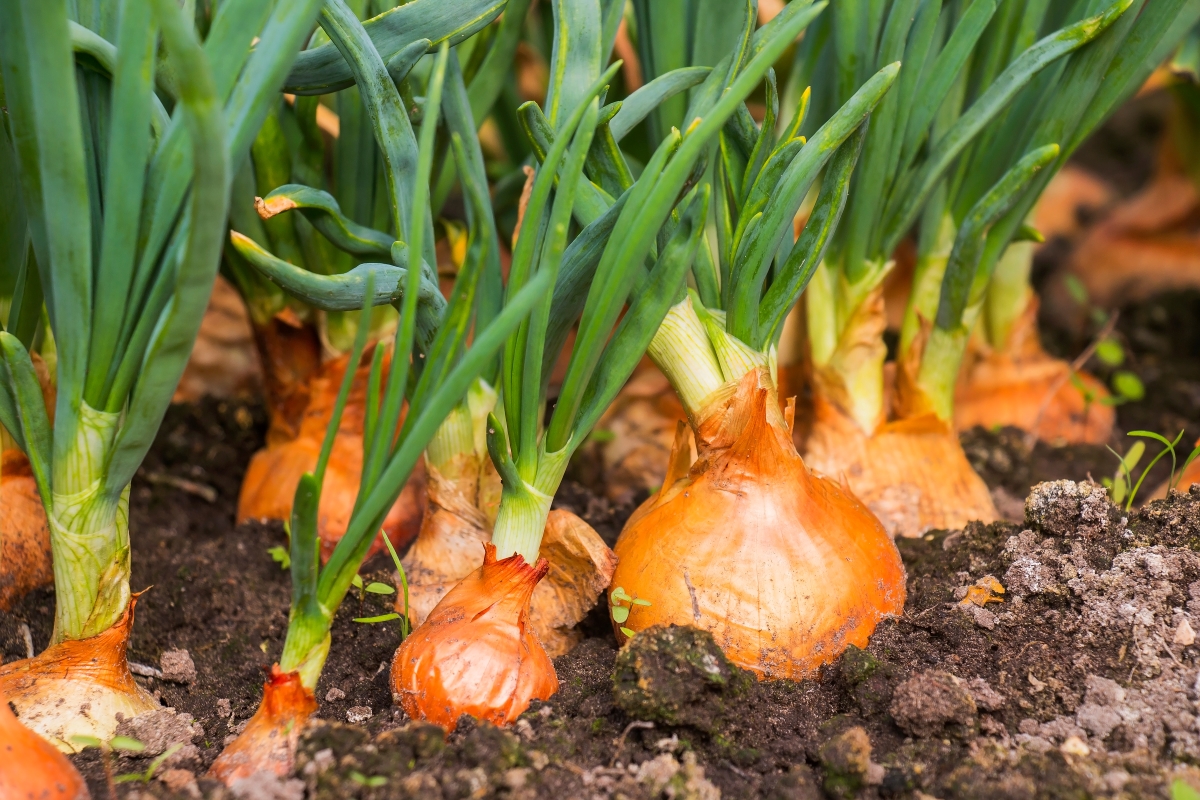By: Andy Harig, Vice President, Tax, Trade, Sustainability & Policy Development, FMI
 One of the unusual offshoots of my job at FMI is that certain members of my family now inexplicably hold me responsible for changes to the food industry over which I have absolutely no control.
One of the unusual offshoots of my job at FMI is that certain members of my family now inexplicably hold me responsible for changes to the food industry over which I have absolutely no control.
If a manufacturer changes their packaging design to include a color-scheme my family member doesn’t like, I’m going to get a call asking how I could let this happen.
If a retailer stops carrying a product line my family member prefers, I’m going to get a call telling me to make them carry it again.
Needless to say, between toilet paper shortages and rising food prices, I spent a lot of time on the phone with my family in 2020.
These calls do, however, serve as a useful reminder of just how engaged people are with the food they buy and how attuned they are to even small changes in prices. And food prices definitely did rise in 2020. United States Department of Agriculture (USDA)’s analysis of the Consumer Price Index (CPI) found that prices for “food-at-home” (i.e., purchased from a grocery store or other retail format) increased by 3.5% last year, a significant increase over the 20-year average of only 2% annually. Specific categories like beef (9.6%) and pork (6.3%) were up even more significantly. These increases matter, especially with many Americans hit hard by COVID-19 and job losses.
Consumers and the press noticed the increases in 2020. In response, FMI put together a great web experience analyzing the elements that go into food prices and explaining why COVID-19 was leading to increases. It is highly recommended (and fun!) viewing.
There is, however, some good news on the horizon. At the 2021 USDA Agriculture Outlook in February, the agency released its forecast for food prices in 2021 and found that they will return to a more traditional rate of growth of between one and two percent. Meat, particularly beef and pork, could even see some price rollbacks. Produce, dairy and cereals will also hold steady and hew closely to their historical averages. I was lucky enough to present on the panel where these numbers were released and you could practically hear the audience sigh in relief, even over the internet. It speaks to the strength and resiliency of the entire supply chain – the proverbial farm to fork – that it could absorb so many adjustments required by the pandemic and still emerge offering Americans the safest, healthiest and most affordable food supply in the world.
This doesn’t mean there won’t be some spikes and rough spots along the way – CPI data for February 2021 is showing a 3.6% increase in overall food prices versus February 2020. Increased demand and bad weather across the world are driving prices upward, which we’re watching closely.
But it does show that food prices are predicted to head in the right direction – namely a return to normal. This normalcy will mean an easier time for American consumers, particularly those left struggling by the pandemic. After the last year, I think we all deserve a bit of calm.
USDA Food Price Estimates


 Industry Topics address your specific area of expertise with resources, reports, events and more.
Industry Topics address your specific area of expertise with resources, reports, events and more.
 Our Research covers consumer behavior and retail operation benchmarks so you can make informed business decisions.
Our Research covers consumer behavior and retail operation benchmarks so you can make informed business decisions.
 Events and Education including online and in-person help you advance your food retail career.
Events and Education including online and in-person help you advance your food retail career.
 Food Safety training, resources and guidance that help you create a company food safety culture.
Food Safety training, resources and guidance that help you create a company food safety culture.
 Government Affairs work — federal and state — on the latest food industry policy, regulatory and legislative issues.
Government Affairs work — federal and state — on the latest food industry policy, regulatory and legislative issues.
 Get Involved. From industry awards to newsletters and committees, these resources help you take advantage of your membership.
Get Involved. From industry awards to newsletters and committees, these resources help you take advantage of your membership.
 Best practices, guidance documents, infographics, signage and more for the food industry on the COVID-19 pandemic.
Best practices, guidance documents, infographics, signage and more for the food industry on the COVID-19 pandemic.
